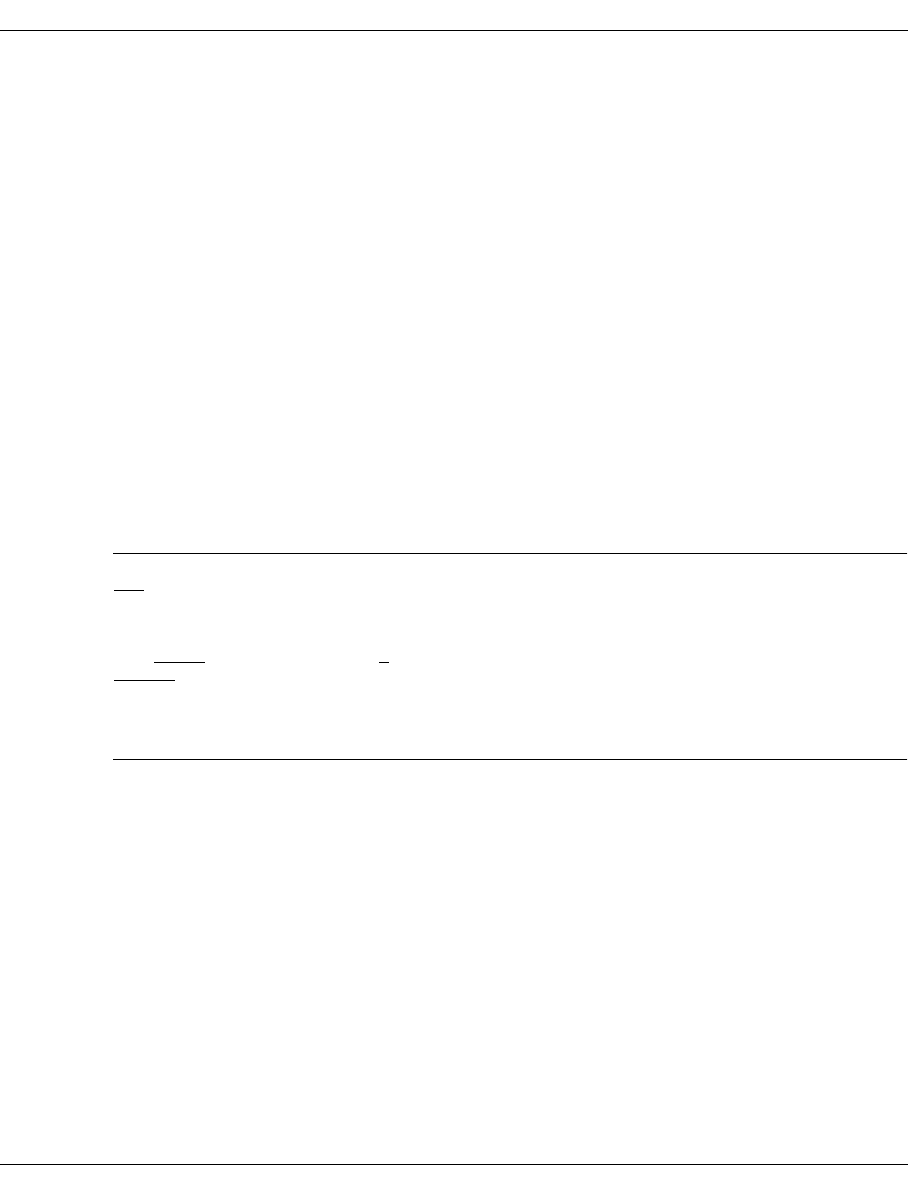
Linking record types Schema DDL
70 U929-J-Z125-9-76
4.6 Linking the records of two record types to form a set
UDS/SQL depicts the relationships and interdependencies of information existing in a
corporate organization and a planned database application as relationships between
record types using the set concept.
In a relational application, the definition of set relationships causes foreign keys to be
assigned appropriately. This is the prerequisite for linking tables (join).
A maximum of 32 766 sets can be defined per database.
For each record type which is owner of a set you can generate a maximum of 255 tables in
these sets. A table is created when the set mode pointer array or list or chain is of the type
sorted indexed, also for each secondary key in these sets.
Irrespective of this you may define up to 255 secondary keys per record type on record type
level and per singular set on set level; hash routines are not counted here.
4.6.1 Defining a set
SET NAME IS set-name
.
.
.
OWNER IS record-name-1.
MEMBER IS record-name-2.....
.
.
.
A set is a named relationship between two record types. It is a hierarchic relationship in
which one record type is defined as higher-ranking, the other lower-ranking.
The higher-ranking record type is called the owner of the set.
record-name-1 specifies the name of the record type which is to be the owner.
The lower-ranking record type is called a member of the set.
record-name-2 specifies the name of the record type which is to be a member of the set.
set-name specifies the name of the set relationship between two record types and is
assigned by the user.
An individual occurrence of a set is known as a set occurrence. A set occurrence consists
of exactly one owner record and any number of lower-ranking member records. In other
words, a set consists of as many set occurrences as the owner record type has records.
An owner without a member is referred to as an empty set occurrence.


















